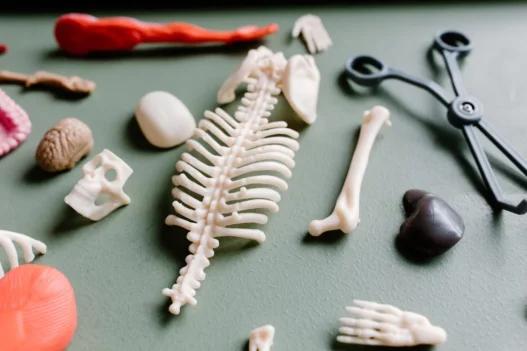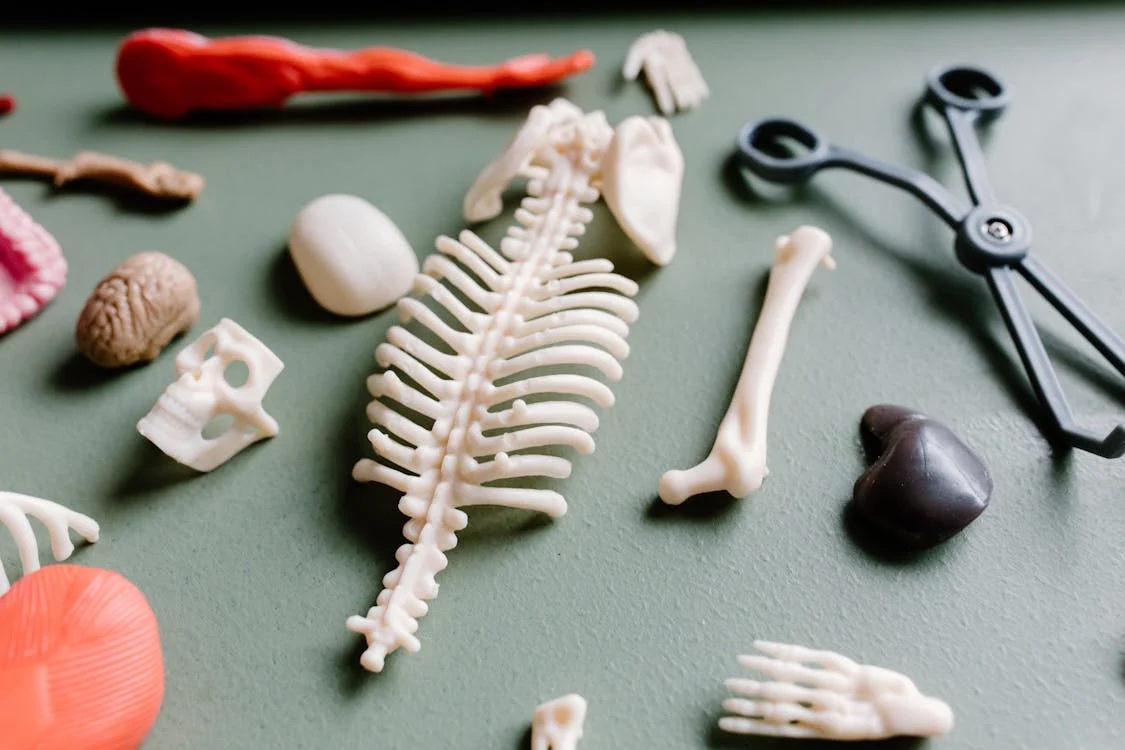0HM3XZZ is a medical procedure involving the reattachment of the skin on the left ear using an external approach. This surgery involves skillfully reattaching the skin to restore the appearance and function of the ear.
Table of Contents:
- 🔎 Clinical Indication
- 📋 Preparation
- 📖 Methodology
- 🩹 Recovery
- 🚨 Complexity & Risk
- 🔀 Similar Procedures
🔎 Clinical Indication
0HM3XZZ, also known as reattachment of left ear skin using an external approach, may be performed in cases where a patient has undergone trauma or injury resulting in the detachment of the skin on their left ear.
This procedure involves carefully reattaching the skin on the left ear using an external approach, which may involve suturing or other techniques to secure the skin in place.
Reattaching the left ear skin is important not only for cosmetic reasons but also for functional purposes, such as restoring the ear’s ability to hear and maintain proper structure.
📋 Preparation
Before undergoing 0HM3XZZ, or the reattachment of left ear skin using an external approach, the patient will typically have a consultation with the surgeon to discuss the procedure and address any concerns. They may also be instructed to stop taking certain medications, such as blood thinners, in the days leading up to the surgery to reduce the risk of excessive bleeding during the procedure.
Additionally, the patient may need to undergo preoperative testing, such as blood work or imaging studies, to ensure they are in good health and are able to tolerate the surgery. On the day of the procedure, the patient will need to follow any fasting instructions provided by the surgical team to prevent complications during anesthesia.
Overall, proper preparation before 0HM3XZZ is essential to ensure the best possible outcome and reduce the risk of complications. By following the surgeon’s instructions and taking necessary precautions, the patient can help ensure a successful surgery and smooth recovery process.
📖 Methodology
During 0HM3XZZ, also known as reattachment of left ear skin, external approach, the surgeon carefully reattaches the skin of the left ear that may have been damaged or separated from the rest of the ear. This procedure is often done to restore the appearance of the ear and improve overall function.
The surgeon will use precise techniques to align the skin properly and secure it in place to ensure proper healing. This process may involve suturing or using other methods to securely reattach the skin and promote proper healing of the ear.
After the procedure, patients may need to follow specific care instructions to promote healing and prevent infection. It is essential to follow up with the surgeon for post-operative care to ensure the best possible outcome.
🩹 Recovery
After a reattachment of the left ear skin using an external approach, recovery typically involves keeping the area clean and dry.
During the initial healing period, it’s important to follow your doctor’s instructions closely and avoid any activities that could put stress on the ear.
Over time, the skin will heal and the ear will regain its natural appearance. Follow-up appointments with your doctor may be needed to monitor the healing process and ensure optimal results.
🚨 Complexity & Risk
Performing 0HM3XZZ, also known as the reattachment of left ear skin using an external approach, is a complex surgical procedure that involves carefully reattaching the skin of the left ear. This process requires precision and skill from the surgeon to ensure proper alignment and healing of the skin.
Patients undergoing this procedure may face potential risks such as infection, poor healing, or scarring. It is important for patients to follow post-operative care instructions and keep the surgical site clean to reduce the risk of complications. Any concerns or unusual symptoms should be promptly addressed with the medical team to ensure proper healing and recovery.
🔀 Similar Procedures
Another medical procedure similar to the reattachment of left ear skin, external approach is the reattachment of severed fingers or toes. Just like with the ear, the goal is to restore function and appearance by meticulously reconnecting the tissues and blood vessels.
In both procedures, the success hinges on the surgeon’s skill in aligning and suturing tiny structures to ensure adequate blood supply for healing. The intricate nature of these surgeries requires precision and expertise to optimize outcomes for the patient.

